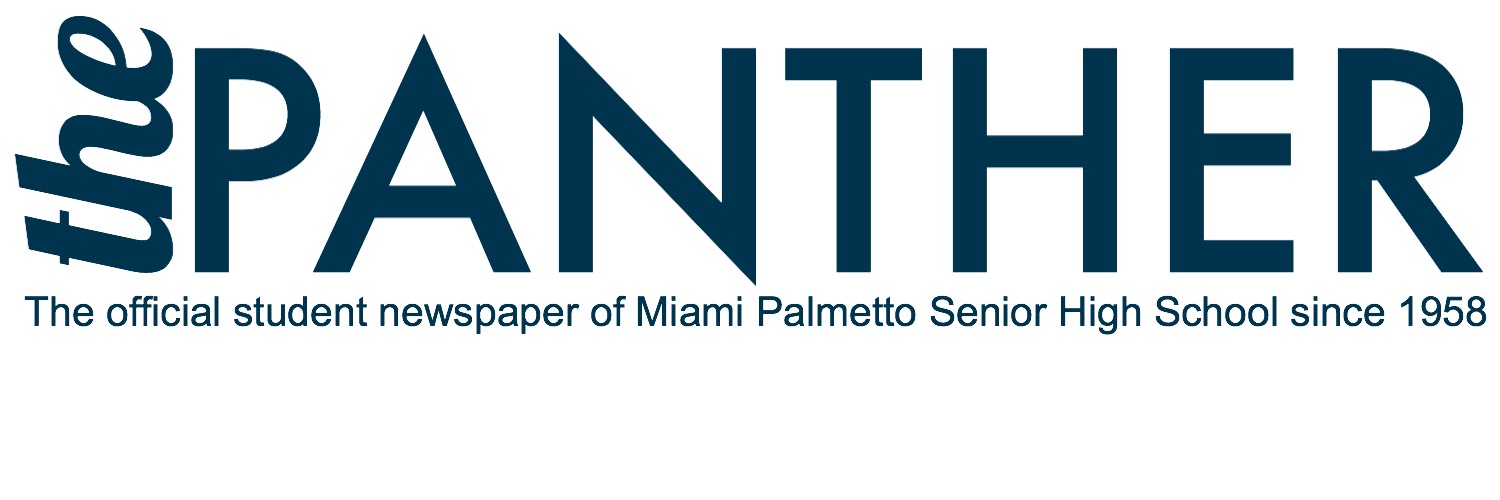Voting for Our Voices
November 6, 2018
In the past couple years, students participation in political discussions have significantly increased. This year’s midterm elections begin on Nov. 6, where representatives for different states will be elected. Since the 2016 presidential election, the common dissatisfaction with current political decisions has created a notable incline in young voters. Students are making their voices heard loud and clear and the government is definitely getting the message.
According to the Pew Research Center, in the Nov. 2016 election, around 34 million millennials (people ages 18-35) voted, nearly doubling the amount of voters in the 2008 election. Much of the motivation to vote comes from a widespread discontent with the performance of President Donald Trump. In a poll conducted by Harvard University Institute of Politics, only 25 percent of people between the ages of 18-29 approved of the president’s work. Voters inclined to vote in this upcoming election are among the 72 percent of young voters who disapprove of the Republican president’s performance as a whole and most likely favor a Democratic president.
Social media influences almost every aspect of the teenage life, and voting is no exception. Twitter, Instagram and other aspects of social media use their platforms to encourage their followers to hit the polls on Nov 6. Also, everyday people announce their ballot selections, influencing their followers to make similar decisions or rethink their initial decision.
According to a Pew Research Center study on the influence of social media in voting, around 22 percent of registered voters have announced that they plan to vote and how they plan to do so on various forms of social media. This affects undecided or moderate voters the heaviest. Billboards and commercials broadcasted day and night all encourage young people to go out and vote. As a result, 800,000 people registered to vote on National Voter Registration Day on Sept. 25, 2018.
“[Social media] gives us new outlets to express ourselves and our opinions, which influences others,” recent Coral Gables Senior High graduate Will Breslin said. “Twitter is an especially easy place to influence our followers. There are always different challenges going around that deal with politics and debates.”
New forms of technology allow the younger generation to express their political beliefs easily. Having access to new information at the tip of people’s fingers allows people to be fully informed on a subject and decide what specific policies they want to believe in. The encouragement on social media from peers, teachers and anyone around them has taught millennials how significant the voting process is and how much every voice matters in the American democracy.
“I think that it’s really about realizing that our voices matter. Especially now, young people are just as mad with everything else going on in politics,” Breslin said. “We use our votes and our voices to express this kind of discontent.”
In this rapidly growing society, young students find different ways to express their opinions on the current political situation. Either through daily conversation or different political apparel, students find ways to integrate politics into most aspects of school and their outside lives. Oftentimes, social circles are created based on the political beliefs of each person. This evidently affects people’s motivation to vote. It is a common form of peer pressure for friends to pressure each other into believing the same policies as them. On the other hand, some students simply enjoy debating politics and learning new information on current governmental policies.
“As human beings, we are naturally social creatures, and we share our beliefs with our friends which can influence the ways others vote. I think that the people we surround ourselves with definitely have something to do with the ways we think politically,” Breslin said.
According to a Boston University study, since Jan. 2016, 4,296 protests have occurred against the government with almost 5.5 million attendees, where 83 percent of them were against the political policies of President Donald Trump. Since people under 18 do not have the legal right to vote in America, they express their voices amid protests and letters, and people who can vote do the same.
“Protests have always served a greater purpose for people who are too young to vote –like 15 or 16,” Breslin said. “It gives them a way to say what they feel and influence others to do so as well.”
Through the heavy influences from social media, peers, parents and more, younger people are becoming more engaged in politics. The broadcasted thousands of protests show the younger generation how to speak up and express their voices. Voting makes the American citizens’ voices heard, and they seem to be on a fast road towards success.
